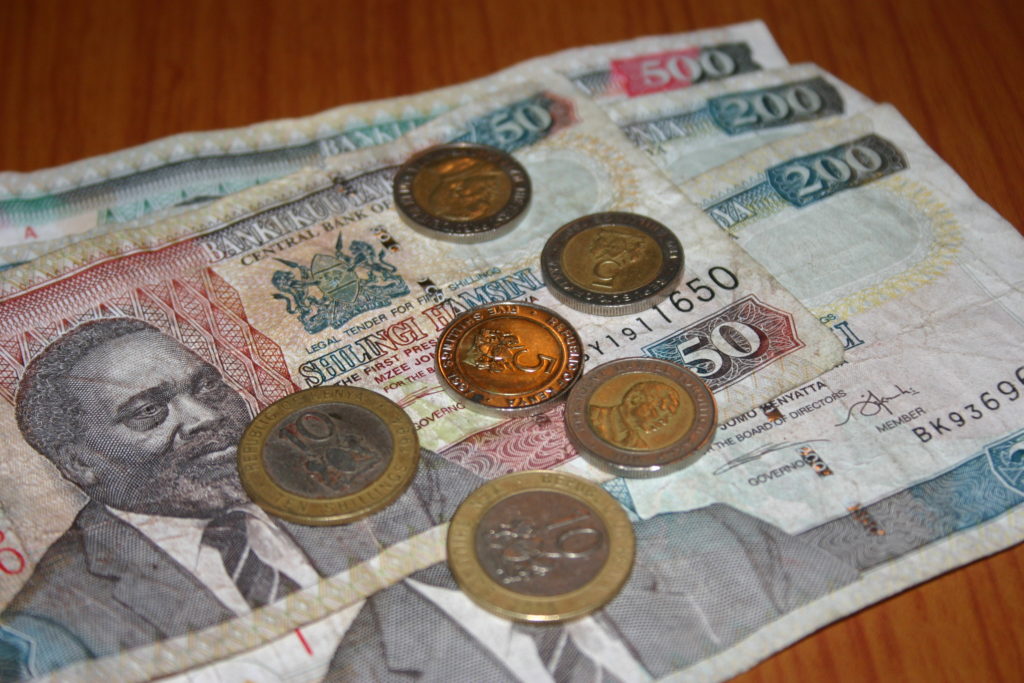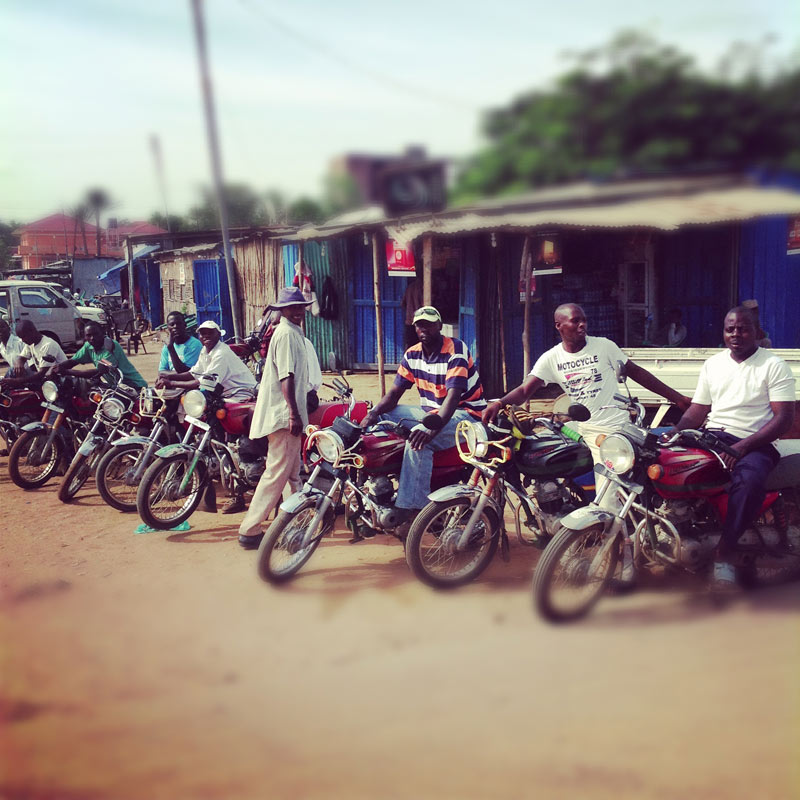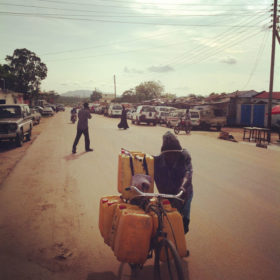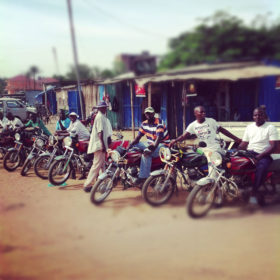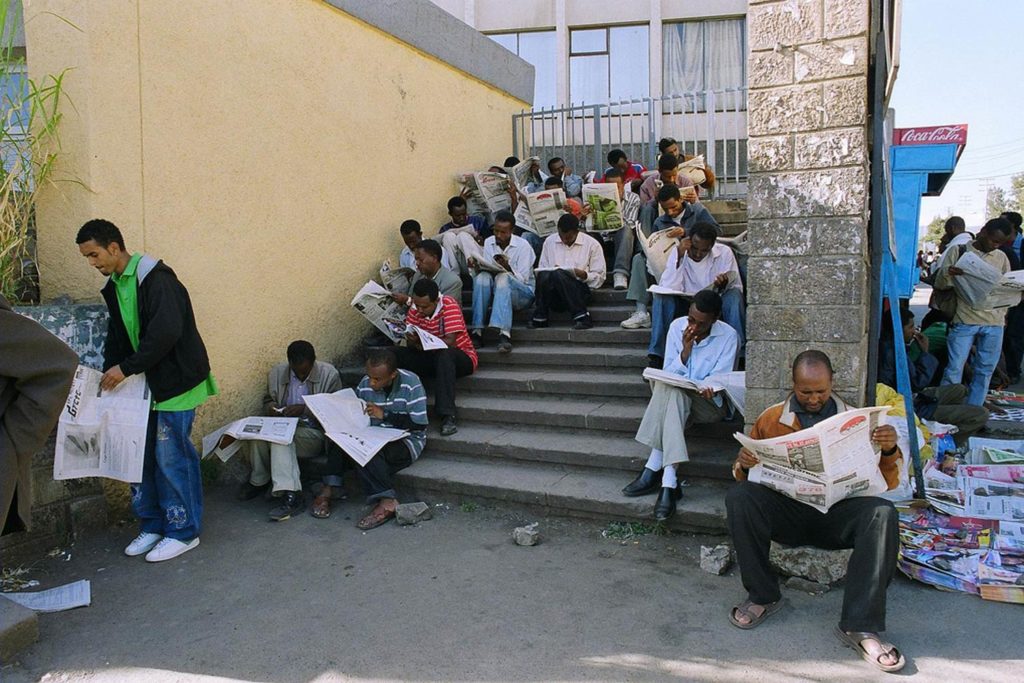Disco lights shine through the jet of piss arching from the groin of an ill-mannered youth to the dusty face of the street. The lights spectacularly change the urine’s usual beer-tinted jaundice to a glorious mix of green, red, blue, pink and, yes, purple, in rapid succession. It is the randomised colours of the rainbow, a celebration of life.
After a record-breaking long piss, the arc lazily breaks into a straight line of a trickle, then splutters to a sudden stop. A quick shake follows, breaching the mandatory three, and becomes a small act of self-gratification. Etiquette kicks in; he zips and the games begin.
Welcome to Electric Avenue, the epicentre of Nairobi’s nightlife.
The city’s classes are well represented in the sample here: clowns, ladies and gentlemen of the night, civil servants, wannabe artists, cooks and watchmen, corporate and chief executive types, taxi drivers, students, informal pharmacists and their victims — and even some grannies. On Electric Avenue, they are all sexogenerians.
The sun goes down, as a matter of habit, at a few minutes to seven. It is a vagary of living close to the equator and a chime for the aficionados of the nightly arts to serenade the town. Participant observation is the best way to appreciate the unfolding drama.
Behold the street wildlife. There is a pageant of antelopes. They glide by high in seven-inch heels, balancing their unearthly forms in bipedal locomotion. They seem to have no kneecaps. Waistlines are kept within bounds with “figure belts” — that remnant of the Eighties, minus the trademark butterfly of that befuddled decade. A delicate neckline peeks above the forced cleavage. The skin at the bottom of the neck is given texture by rashes, a virulent symptom of black skin angrily reacting to dead or fake Indian hair. It is the kind of picture that appears on the Men against Weaves and Extensions Facebook group, collateral damage for the battle between contrived aesthetics and dermatology.
The lions sit easy in wait for game. Their flaccid tummies sag with gravity. Too heavy to climb high trees, they go for low-hanging fruit. Darker hair means more years. Like Mugabe, like Gaddafi, like Biya, the shoe polish-like dye to blame. Their big bright collars pop out of their brightly coloured shirts to frame their fat napes, double chins and rotund cheeks, like a coconut fruit popping from the bum of a fully unfurled peacock. They might be red-hot gay, if not for their unshapely potbellies or choice of aftershave, or their patent homophobia.
Then there is the matriarchal, late-thirty something, six-strong girl pack sitting at a lone loud table in the middle of the club. These female hyenas are ready to chew off any intruding males’ ears. The crux of the evening’s conversation is punctuated by the occasional complaint about a dark spot that stubbornly refuses to go away, praises for acetone-free nail polish, Woolworths underwear, the wonder-working wrinkle cream and the comfortable seats of the little car. Among mankind, only Steve the mechanic gets positive mention. He knows how to fasten wheel caps.
The lions don’t pay attention, not even to those big handbags that may comfortably conceal a panga, a truncheon and handcuffs beside lipstick tubes, eye pencils and a tubular mini-Steve the mechanic in purple. Only the naive young male hyena may dare intrude, for he senses not the high-octane oestrogen.
But it is the political types that are hilarious to watch. Their sense of aesthetics permits the strutting of 5kg of fat just above the groin with utter impunity. The cheesy meaculpa for these one-packs is that they are a fuel tank for sex machines. No one breaks the news to the emperor about his really big tummy.
Only the button threads straining through the lower buttonholes of their shirts may screech. Maybe, too, the frustrated woman who calls an FM station to complain about the fuel tank and how it has robbed their man of his full glory.
Politicos are the real grains of dust in this city — simultaneously predators, scavengers and parasites — but also ethical agents in a strange moral universe and trendsetters of aesthetics. In their own inelegant way they still manage to set the standards for social aspiration. The title maketh the man; the abbreviated Hon is the most sought after.
Their pointed shoes, known as sharpshooters, are unfamiliar with mud and have broken well into the carpeting in their homes, offices and even their private chambers. They wear the big gold ring, gold-plated oriental watches and the gold bracelet with gold buckles on their belts
and shoes.
At 2am a kind of liturgy is playing out. Some religious rules of a sort are at play. It is time to punish the body. Livers are shrinking. Oral tissue is burning. Lungs labour to manage the balance of smoke and oxygen. Tendons are stretched by contracting muscles. The street gets jam-packed. It is pumping. The party has started all over again. If you missed the song earlier, it is replaying. Tomorrow, your ears will still be throbbing.
Godfrey Chesang lives and loves in Nairobi. This piece was first published in the M&G newspaper.

